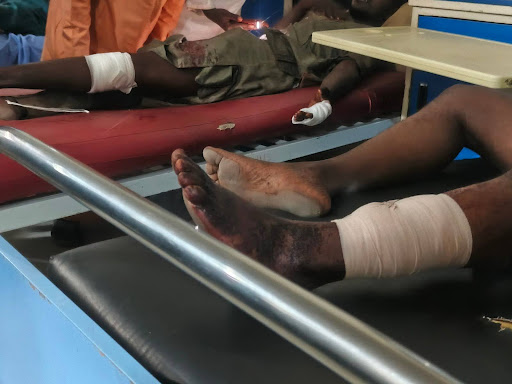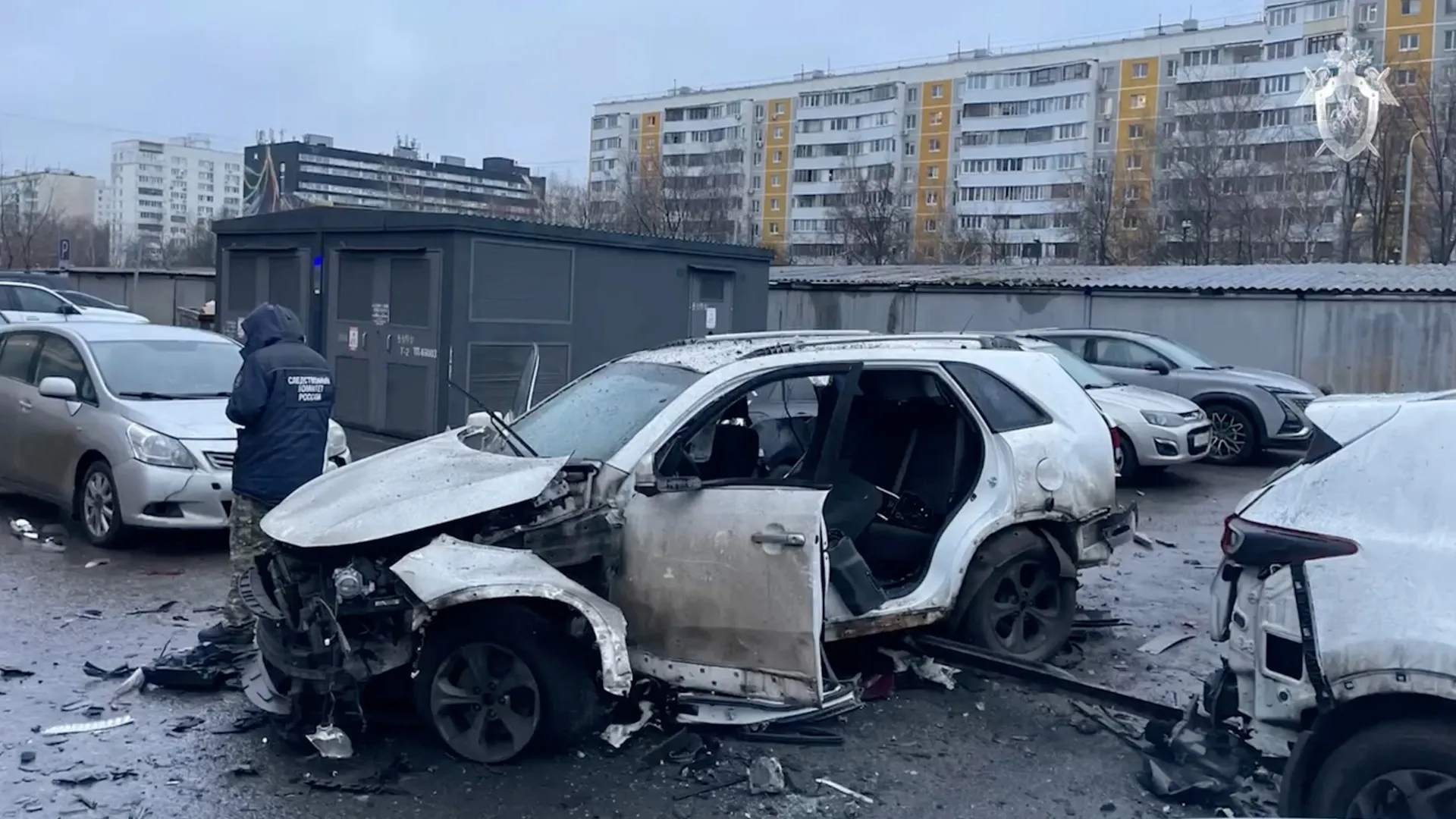35 Injured, 5 Killed in Mosque Suicide Bombing in Maiduguri
A suicide explosion occurred at Al-Adum Jummat Mosque in Gamboru Market area of Maiduguri, northeastern Nigeria, on Wednesday, Dec. 24.
The bomb went off around 6:00 p.m., shortly after residents and traders began observing the evening prayers.
The Borno State Police Command confirmed that 5 persons lost their lives while 35 others sustained varying degrees of injuries.
“Preliminary investigations further suggest that the incident may have been a suicide bombing, based on the recovery of fragments of a suspected suicide vest and witness statements recorded, while investigations are ongoing to establish the exact cause and circumstances,” said ASP Nahum Kenneth Daso, Police Public Relations Officer of the Borno State Police Command.
People praying outside the mosque were also wounded after debris and shattered glass were scattered across the area.
Security personnel and emergency responders arrived to evacuate victims and sealed off the site.
The explosion marks the most serious incident reported in Maiduguri in recent times. Since the Boko Haram insurgency began over a decade ago in the city, suicide bombings like this one have been recorded across major cities in public places like worship areas and motor parks. The insurgency has killed over 35,000 people directly so far.
HumAngle observed several ambulances transporting the injured and the deceased to hospitals, while the police and military personnel maintained guard around the site of the explosion.
While some of the victims were taken to the Maiduguri Specialist Hospital, others were taken to the University of Maiduguri Teaching Hospital. At the Specialist Hospital, HumAngle counted 17 victims, with injuries on the arms and legs, admitted at the Weapon Wound Ward.

A trader at Gamboru Market said, “I was performing ablution when the blast occurred, and I ran away.” He confirmed that the explosion came from inside the mosque.
Gamboru Market is one of Maiduguri’s busiest commercial hubs, drawing traders and shoppers from Borno State and neighbouring countries like Chad, Cameroon, and Niger. The market hosts a variety of businesses, including stalls for fresh produce, textiles, clothing, household goods, and other everyday commodities.
It also serves as a centre for small-scale services like tailoring, food vending, and transport, making it a key economic lifeline for the local market, operating long into the night, sometimes until 9:00 p.m., even after the main market closes at 6:00 p.m.

ASP Nahum Kenneth Daso also stated that “Police EOD personnel have cordoned off the area to ensure public safety, while investigations are ongoing.”
He urged members to remain calm and vigilant as security operations are ongoing.

A suicide explosion at Al-Adum Jummat Mosque in Gamboru Market, Maiduguri, northeastern Nigeria on December 24, claimed five lives and injured 35 others. The Borno State Police, suspecting a suicide bombing, found fragments of a possible suicide vest. Witnesses reported debris causing injuries to people praying outside, while security and emergency teams managed the site.
The location is significant; Gamboru Market is a major commercial hub in Maiduguri, frequented by locals and people from neighboring countries. The attack is one of the deadliest incidents in Maiduguri, which has suffered from Boko Haram insurgency-related suicide bombings over the past decade. Authorities, urging calm, continue their investigations as police and military maintain a guard around the explosion site.


